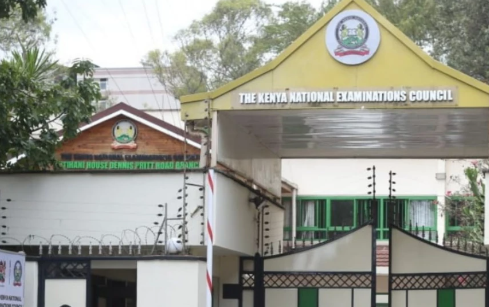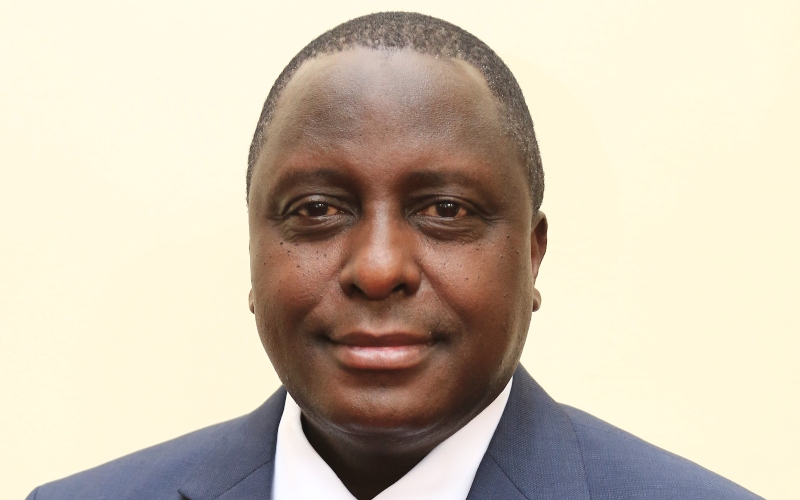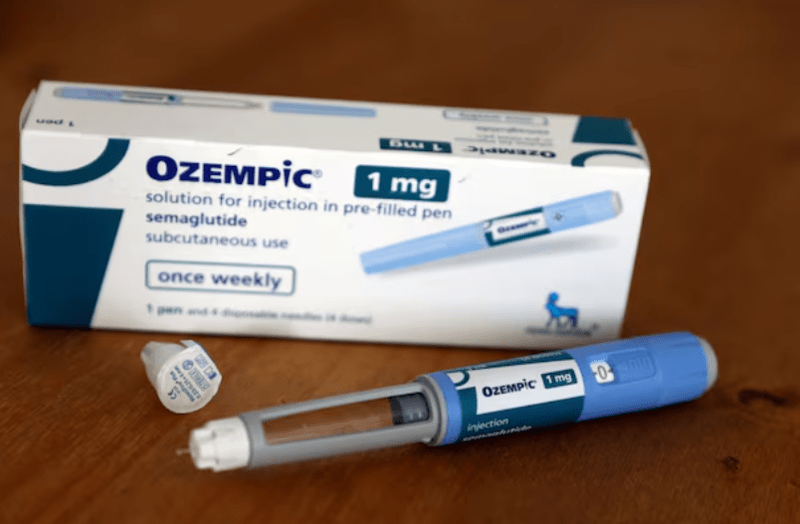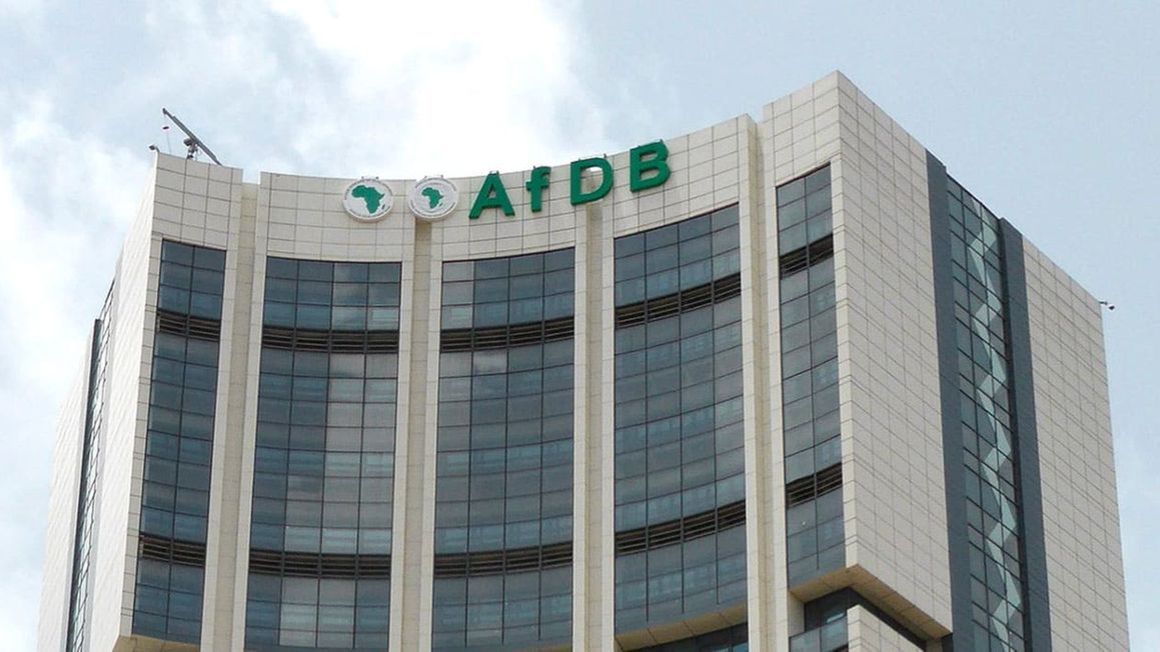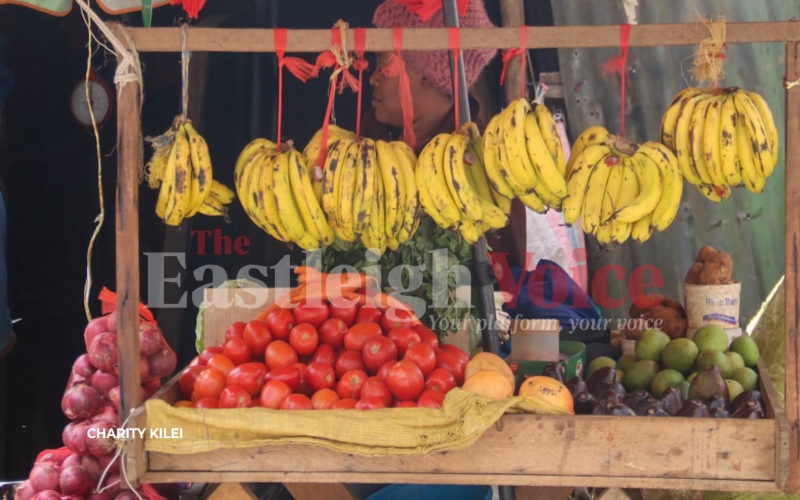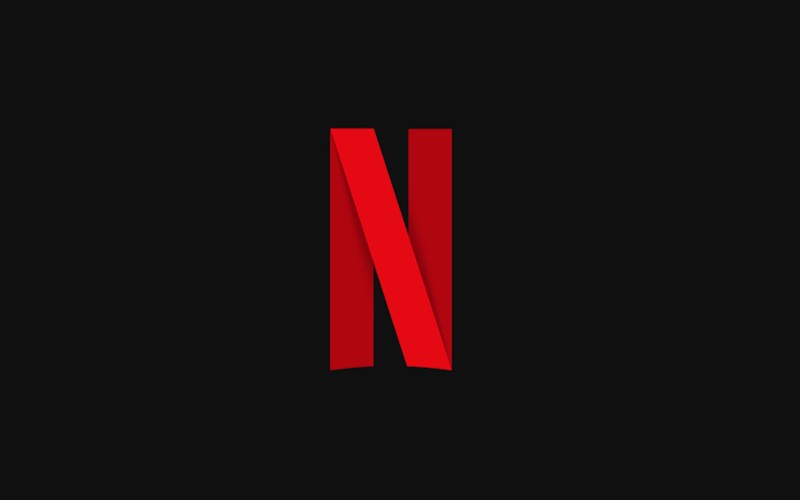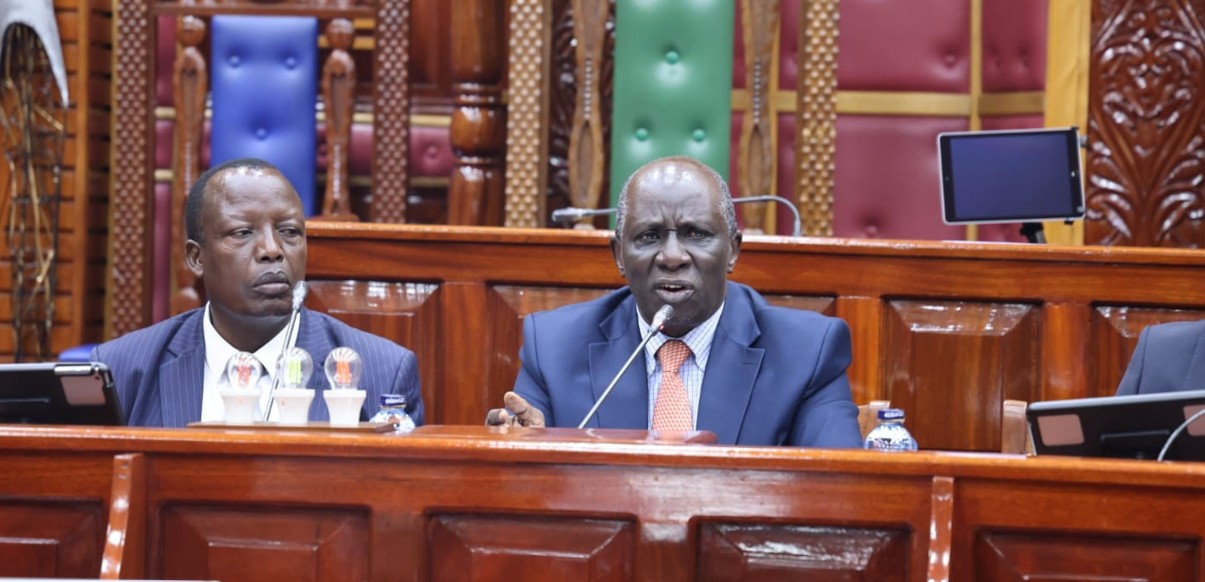KRA retains fringe benefit tax rate at 8 per cent for October–December 2025
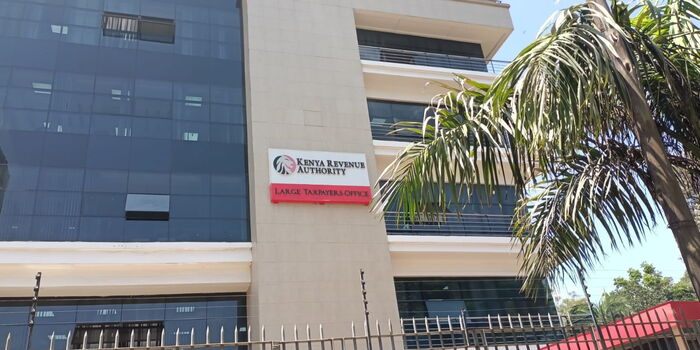
The CBK on October 7 reduced its Central Bank Rate to 9.25 per cent from 9.50 per cent, continuing a trend of monetary easing that began in August 2024.
The Kenya Revenue Authority (KRA) has announced that the fringe benefit tax rate charged on employee welfare benefits will remain at eight per cent for the period covering October to December 2025.
This is the first time in over a year that the authority has chosen not to lower the rate despite the Central Bank of Kenya (CBK) cutting its benchmark lending rate earlier this month.
More To Read
- Ex-Nairobi governor Sonko gets relief as Tribunal directs KRA to unfreeze his bank accounts
- Kenya Kwanza adds Sh3 trillion to national debt in three years, CBK reveals
- CBK warns of rising debt distress, urges fiscal coordination
- Businesses granted 30-day relief on long-stay container charges at Mombasa port
- Meta to deduct 5 per cent tax on Kenyan creators’ earnings in 2026
- MPs question rising debt despite Treasury’s reduced CBK borrowing
The CBK on October 7 reduced its Central Bank Rate to 9.25 per cent from 9.50 per cent, continuing a trend of monetary easing that began in August 2024.
In total, the rate has been lowered by 3.75 percentage points since then, as the bank seeks to make credit more affordable and contain inflation.
“For the purposes of Section 12B of the Income Tax Act, the Market Interest Rate is eight per cent. This rate shall apply for the months of October, November, and December 2025,” KRA said in a notice.
The announcement ends a sequence of adjustments where the fringe benefit tax rate was regularly revised to align with the CBK’s lending rate.
The decision signals a shift in approach, separating the taxable market interest rate from the monetary policy stance for the first time since October 2024.
Fringe benefit tax is applied to loans and other benefits that employees, directors, or their relatives receive from employers at interest rates below the prevailing market rate.
The taxable amount is calculated as the difference between the market rate and the actual rate charged on the loan. It also remains payable even after employment ends, provided the loan is still outstanding.
Employers must remit this tax to KRA by the ninth day of the month after the benefit is given. The authority reviews the rate every quarter, guided by lending conditions and the CBK’s policy direction.
KRA last revised the rate in July, reducing it from nine to eight per cent. That adjustment followed earlier cuts that had brought the rate down from 13 per cent in April, aligning with CBK’s successive policy moves meant to encourage credit flow and ease financing costs.
The CBK has attributed its continued rate reductions to improved exchange rate stability and a decline in food and fuel prices, which have lowered overall consumer inflation.
However, KRA’s latest decision suggests a decoupling of tax administration from monetary policy trends, at least for the remainder of the year.
Top Stories Today


